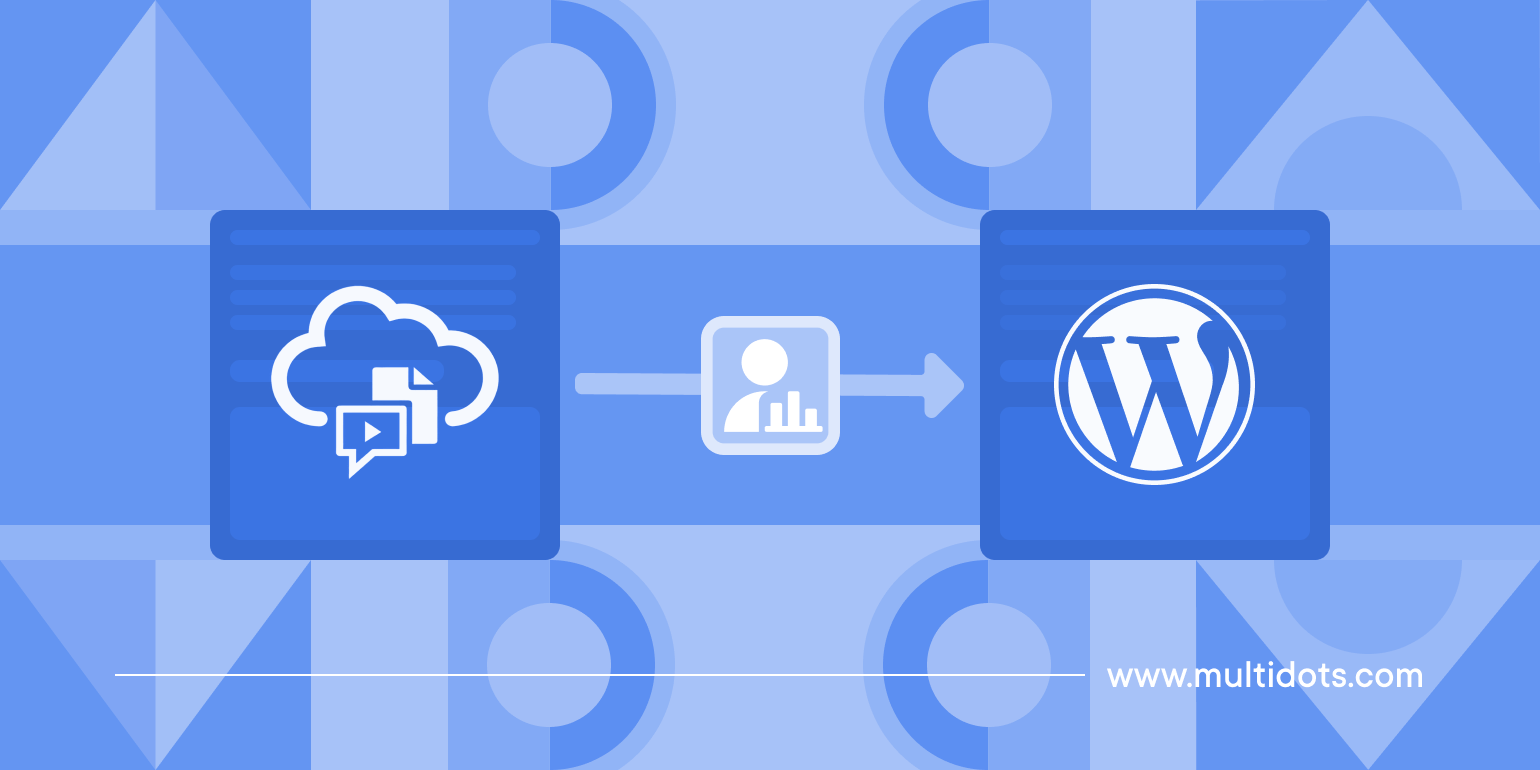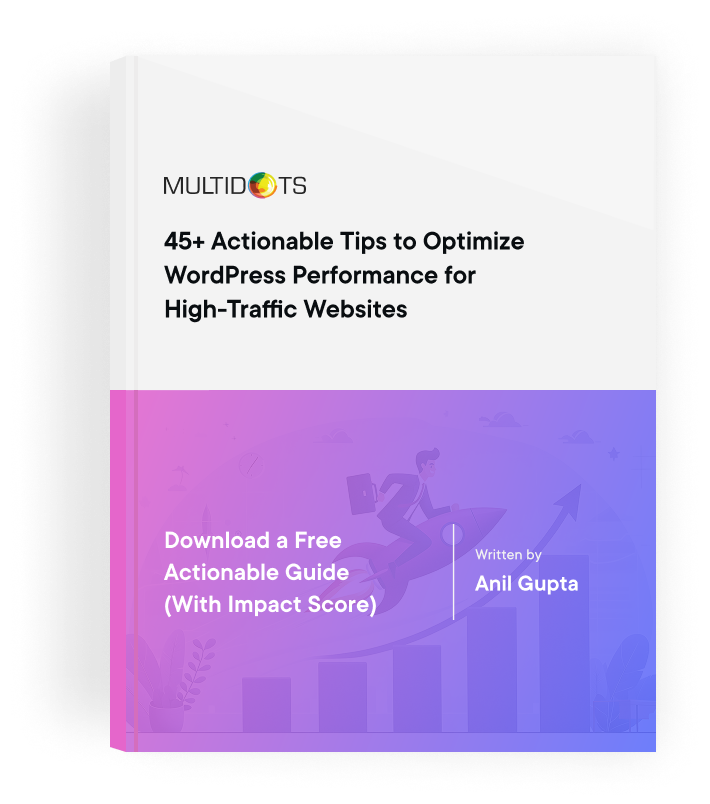How to Improve the User Experience Post-Migration of OCM to WordPress
A guide to improving your user experience post migration form OCM to WordPress

Table of Contents
While Oracle Content Management (OCM) is a robust CMS offering several powerful features to users, it does not come close to the UX-related features and capabilities offered by WordPress. That said, as soon as you migrate to the new WordPress website, you must take measures that will help you improve the overall user experience of your website users.
Improving your user experience is not only about building a good online reputation to attract new visitors but also about retaining existing ones. Moreover, the user experience of your website can make or break your website performance, making it even more important to
Post-Migration Assessment
Conducting a post-migration assessment is crucial in determining the success and accuracy of your migration to WordPress. Here are the two sub-processes that you must focus on, as part of your post-migration OCM to WordPress checklist:
Content Validation
Once your CMS migration from OCM to WordPress is complete, you must ensure all the content is transferred and formatted correctly. Since the content editors in OCM and WordPress are very different, it is best to check for discrepancies or structuring errors right after the migration is completed.
Design Validation
Aside from validating your content, you must also test whether all the features and functionalities work as planned. Moreover, you must conduct cross-browser and mobile responsiveness testing to ensure the website works consistently well across different kinds of devices.
Test your website’s Core Web Vitals (CWV) to ensure your website design performs well on those parameters. The results of all these tests will provide deeper insights into the perceived and actual user experience delivered by your website.
Performance Optimization
After conducting all the post-migration assessments, you should focus on deploying best practices to optimize your WordPress website’s performance, by following these tips:
- Reduce the number of JS and CSS files and their sizes to improve your website loading speed
- Disable and remove any unnecessary or slow plugins that might be making your website sluggish
- Enable lazy loading for the images and videos on your website
- Install a robust WordPress caching plugin to speed up your website performance
Once you make all the necessary changes to improve your website performance and responsiveness, you can use an effective tool such as Google Analytics, GTmetrix, or Pingdom to measure the key website metrics. To ensure your optimization efforts succeed, consider implementing a Content Delivery Network (CDN) that can help you lower page load times, manage bandwidth costs, and improve your SEO performance.
Security Enhancements
One of the most important things you need to do is run a thorough security audit of your WordPress website after the migration. This will help you identify any issues or vulnerabilities that were introduced to your website during the migration.
That said, you should also update your security plugins and review your file permissions to prevent unauthorized access to your website. Depending on the nature of your website, it could be vulnerable to different kinds of security threats, however, reconfiguring your firewall settings is a great starting point.
While you can have your team strengthen your security strategy, you can also leverage security plugins like Wordfence and Patchstack to automate at least certain parts of beefing up your website security.
SEO and User Engagement
Once you take all the necessary steps to level up your website performance post-migration, you have to start focusing on improving your SEO performance and boosting user engagement.
Here are some of the crucial steps you can consider taking in the process:
- Conduct an SEO audit to ensure that the SEO performance of your website is up to the standard
- Set up 301 redirects to preserve the value of your old web pages on the new website
- Update your internal links to avoid having broken links or internal redirects
- Ensure that the schema markup data is transferred accurately to the new website so that it can be crawled easily
In addition to these SEO-related tweaks, measure and improve your user engagement by monitoring key metrics such as Time on Site, Pages per Session, Click-Through Rate, and Conversion Rate. You can also utilize heatmaps to track user activity and behavior on your website.
User Feedback and Iterative Improvement
Even with all the aforementioned assessments and strategies to help you improve various areas of your website, you have to rely on user feedback to level up your website’s overall user experience.
Consider seeking user feedback by conducting surveys and usability tests on your website. Send out emails with detailed surveys or usability tests that encourage customers to carry out specific actions and tasks on your website so that you can record their reactions.
Consider asking questions like:
- How would you rate your experience of using the website?
- Which areas need to be improved or which knees did you like the most?
- Did you face any challenges when using the website? What were they?
Websites that get user experience right rely on user feedback to inform their design decisions. Make iterative improvements based on the feedback collected from users so that it can contribute to improving your overall user experience on your website.
Training and Support
OCM and WordPress are very different CMSes, and if your team or staff is used to working on OCM, they will experience a bit of a learning curve when using WordPress. You can consider purchasing and implementing a well-known WordPress training course such as WP101 or Learn WordPress to train employees, however, it is a gradual process.
You must ensure you provide adequate support to your employees post-migration and help them troubleshoot issues more seamlessly without affecting their work. Prepare tutorials to solve some of the most common issues to save time, and help employees adjust to the WordPress environment more easily.
Wrapping Up
Improving your website’s user experience starts with conducting a post-migration assessment to ensure that all the content has been transferred as intended and accurately to the new WordPress website. You will then optimize your website performance, enhance website security, and even work on your SEO performance to take a holistic approach toward improving your user experience.
You need an experienced team with appropriate expertise to handle the migration process and all the aforementioned post-migration activities. Contact us to partner with one of the top WordPress development agencies across the world and let us handle your OCM to WordPress migration for you.
Feel free to schedule a quick call with our migration expert.
Contact Us
